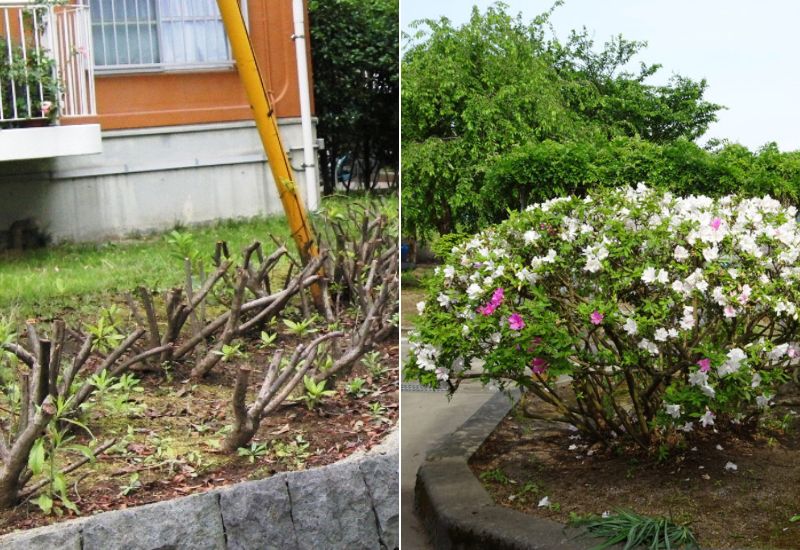
Even if azaleas are usually on a smaller scale than other rhododendrons, pruning azaleas is essential to keep them healthy and in shape, rejuvenating the plant and even encouraging their generous and beautiful blooms year after year.
Coming from the Himalayas, China, and Japan, they do best in the South East of the USA and are mainly self-sufficient. However, light pruning and trimming can help azalea bushes along, but you must do it correctly.
The question is, how to trim an azalea shrub, and when is the best time to prune azaleas?
Like each plant, the art of trimming azaleas has specific methods and times, and this easy-to-follow guide will shows you when to trim azaleas and the best techniques when pruning azalea bushes.
Reasons Why Pruning Your Azalea is a Must-Do
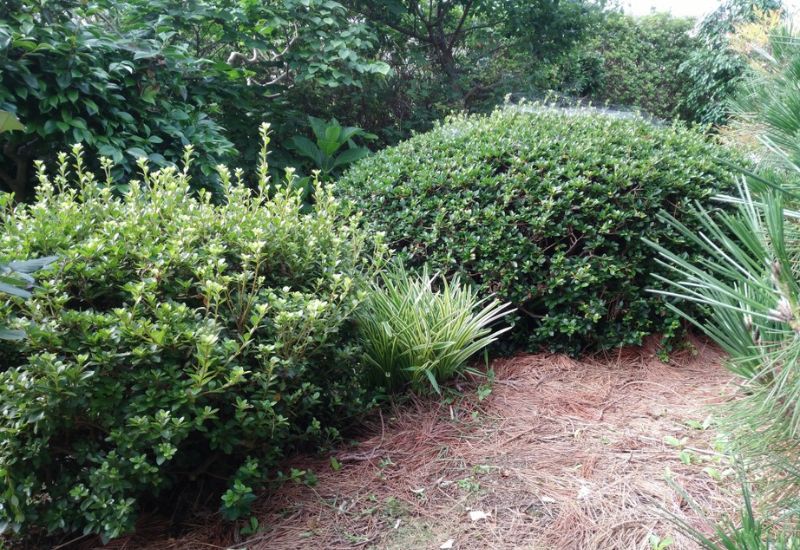
The main question is, do you really need to prune your azalea shrubs? Some gardeners actually let them grow naturally, and they only use the secateurs or pruners when it is strictly necessary.
There can be a few reasons why your azalea needs a trim, and these are:
Now, these may be the reasons you have to prune your azalea shrub, but be very careful when you do it!
When You Should Prune Your Azaleas
It is best to prune azaleas in spring or early summer after the blossom is spent and before they start new buds. This could be as early as March or as late as May, depending on the type of azaleas you’re growing.
In fact, with these flowering shrubs, we can talk about “the time” to prune them, not the “times.” Unlike other shrubs, you don’t have two pruning seasons with azaleas.
And this time can extend a bit, but you should never cut back azaleas later than July. There is a reason for all this: azaleas start developing buds early and keep them on for a long time.
If you cut cut back azaleas branches in late summer, fall, winter, and spring, you end up cutting the buds as well.
Don’t worry if it sounds counter-intuitive because we prune other shrubs when they are dormant – with azaleas, you must do it soon after the first flowering, without waiting for the second wave of flower buds to come.
So, write a note in your calendar, and wait for the right moment. And now on to the main point… how to prune them.
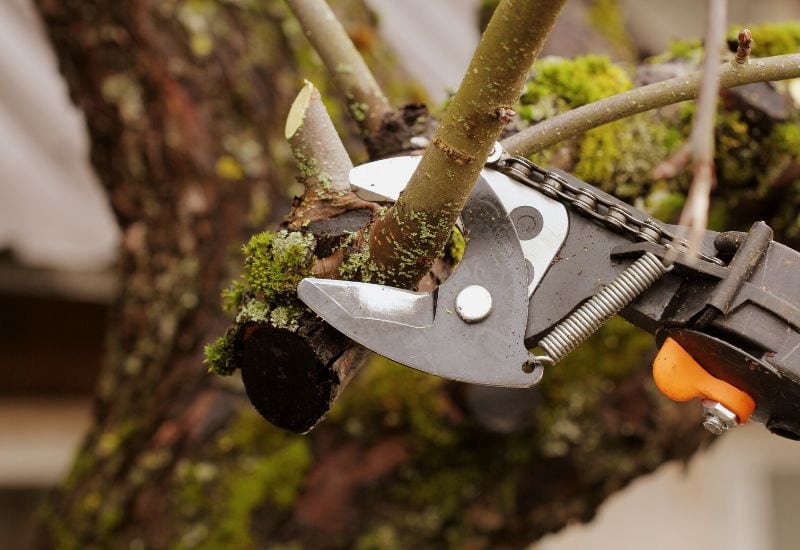
What You Need to Prune Your Azaleas
Unlike roses and other shrubs, azaleas don’t want and don’t need heavy pruning most of the time. We will look at this case later in this section, but first.
And we will see all the different ways you can use to do this because they depend on your reasons and aims, but luckily the equipment you will need is always the same.
This is the list of all you need to prune azaleas with success:
This is all you will need to procure yourself, and now, let’s go through the different techniques.
How to Trim Leggy Branches on Azaleas
One of the most common pruning interventions is to cut long and leggy branches, which grow within one year and give your azalea an open habit and an unbalanced shape. This is quite simple.
While you do this, however, you can also look at the dry and sick branches…
How to Prune Dry and Sick Branches from Your Azalea
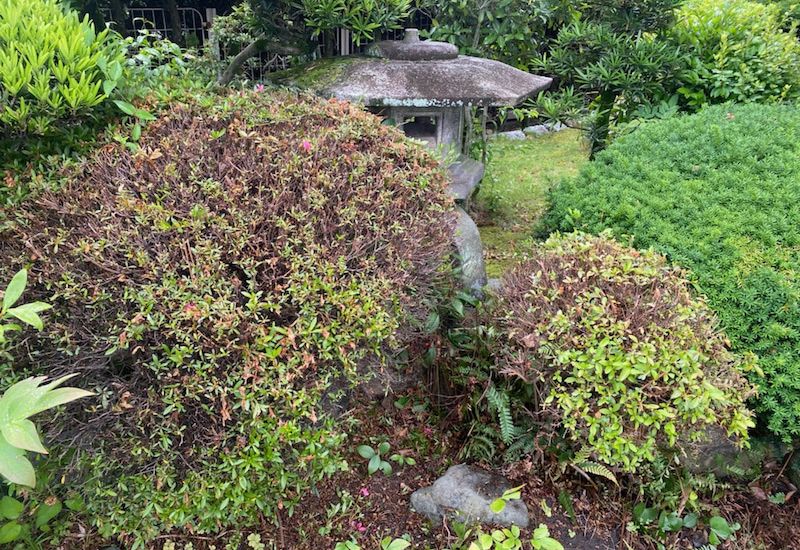
Dry and sick branches are not just unsightly, making your azalea look a mess, they can also cause infections, so, cut them freely.
How to Trim Azaleas to Thin Them
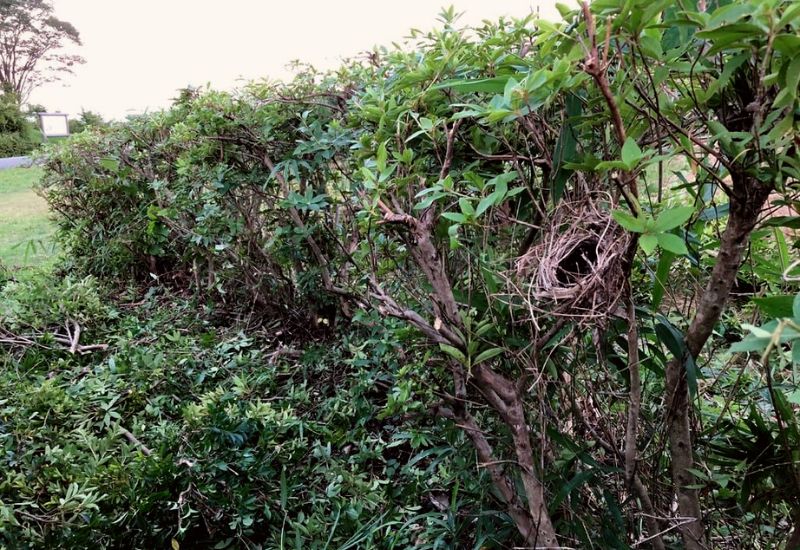
If you want an open habit, you will need to be fairly drastic as well, and here is how.
But how about if your aim is the exact opposite?
How to Prune Your Azaleas to Thicken Them
So, if you are looking for a dense azalea shrub; here is what you need to do.
So far, as you can see, we have not taken any really drastic steps, as we do with roses, but it is also possible to cut down azaleas quite a lot, and we will look at how right now…
How to Prune Azaleas for Rejuvenation
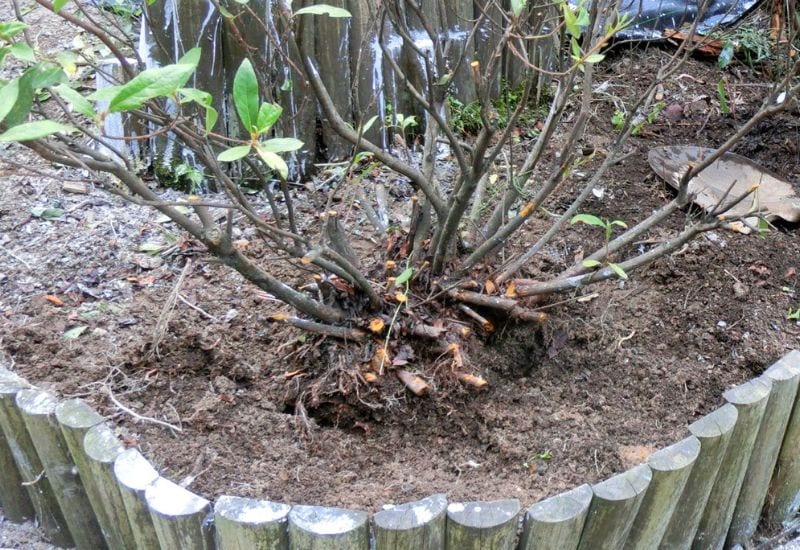
Drastic pruning for azaleas is on the hole something you should avoid. They do not take well to heavy intervention, unlike roses or forsythia. However, if the shrub is very old, or if it has some serious health problems, you can try to rejuvenate your azalea with radical pruning.
This is a more complex procedure, and it is also the exception with timing; you should do rejuvenation pruning of your overgrown azaleas in winter or early spring. And you will sacrifice blooms for this too; they will blossom again the year after.
And for this, you will need bypass loppers.
This way your old or very ill azalea will rejuvenate, but it will take it a whole year for the azalea to look full, young, healthy, and flower again. If you do not feel comfortable with this, you may wish to employ a professional to do it for you.
And from the heaviest to the lightest intervention… let’s look at deadheading!
‘Why’ and ‘How’ of Azalea Deadheading
We deadhead many flowers to encourage new blooms, but this is not true of all azaleas: if you do it with deciduous azaleas, you will indeed prompt them to blossom again.
But evergreen azaleas won’t. So, in most cases, we can leave these last ones alone, however…
If you live in a place with wet and rainy summers, the spent azalea flowers can get mushy and hold on to moisture, which can cause diseases, and it does not look good either. If this is your case, then go ahead and deadhead evergreen azaleas as well.
And it is very simple:
And this is all you need to do, apart from two tips I have left for you…
What To Do After You Have Pruned Or Deadheaded Your Azalea
Once you have pruned or deadheaded your azalea shrub, there is one thing you really cannot forget:
You can’t leave them there; the branches will impoverish the soil from nitrogen; both branches and blooms may then rot and cause infections.
So, a bit of tidying up can go a long way!
If you want to encourage new growth and new leaves, then you could also feed it with an organic fertilizer with NPK 15-15-15.
And finally, this is also a good time to mulch at the base of your azalea, because you have a tidy shrub.
If your mulching needs some topping up, the best choice is a mix of pine needles and chopped oak leaves, but even regular wood chips will do perfectly well.
What Is The Best Shape For An Azalea Shrub
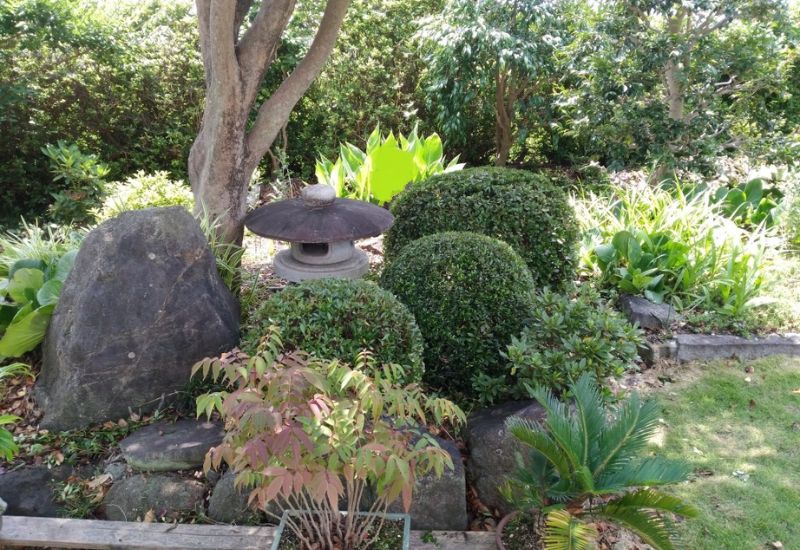
Don’t even try to prune your azalea into a geometric, regular shape. They are not at all shrubs you can use for topiaries, formal designs, or even geometric hedges. Your aim is to make your azalea look natural, but you have some scope here.
On the whole, aim for a roughly round or oval shape. Follow the natural habit of your variety for best results; if it is taller than it grows in the spread, then allow it to do so, for example, and this is also true for the opposite.
A small asymmetry is also good, but avoid excesses, which indeed happen when your shrub receives light on one side only. And in this case, you will get the “leggy branch” problem.
Pruning Azaleas: Less Is More
Now you know when how and why you should prune your azalea shrubs. Be very particular about using the given methods we have described here to fit the exact purpose of your pruning.
Each operation is not very difficult; it does not even compare to the complexity of pruning roses or olive trees, for example, so, what is really important is that you have your final goal clear in your mind.
Having said this, azaleas are quite self-sufficient plants in this respect, and it is very unlikely that you will need urgent pruning or even radical intervention.
But let me leave you with a very final tip: don’t go heavy with pruning your azaleas, in case, you can always retouch; with these fabulous oriental flowering shrubs, the main rule is “less is more.”

Written By
Amber Noyes
Amber Noyes was born and raised in a suburban California town, San Mateo. She holds a master’s degree in horticulture from the University of California as well as a BS in Biology from the University of San Francisco. With experience working on an organic farm, water conservation research, farmers’ markets, and plant nursery, she understands what makes plants thrive and how we can better understand the connection between microclimate and plant health. When she’s not on the land, Amber loves informing people of new ideas/things related to gardening, especially organic gardening, houseplants, and growing plants in a small space.
